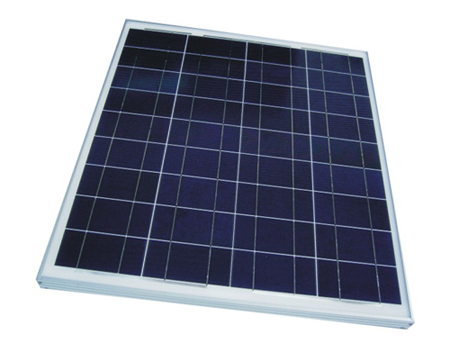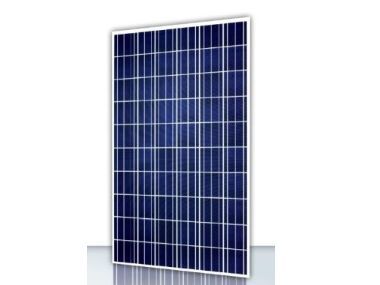Monocrystalline silicon solar cells are solar cells that use high-purity monocrystalline silicon rods as raw materials and are currently the fastest developed solar cell. Its structure and production process have been finalized, and the products have been widely used in space and ground.
Monocrystalline solar panels: no pattern, dark blue, close to black after packaging. Polycrystalline solar panels: there are patterns, polycrystalline and colorful, and polycrystalline with less color, like a snowflake crystal pattern on a snowflake iron sheet, light blue. Amorphous solar panels: mostly glass, brown, and brown.

Monocrystalline silicon solar cells are currently rapidly developed solar cells. Its composition and production technology have been finalized, and the products have been widely used in space and ground facilities. Since monocrystalline silicon is generally encapsulated with toughened glass and waterproof resin, it is durable and has a service life of up to 15 years and up to 25 years.
Monocrystalline silicon is a raw material for making solar photovoltaic cells and also material for making semiconductor chips(solar panels for home: solar-powered heater). Because of the scarcity of raw materials and complex production processes for producing monocrystalline silicon, the output is low and the price is high.
The difference between monocrystalline silicon and polycrystalline silicon is that when molten elemental silicon solidifies, silicon atoms are arranged in a diamond lattice into many crystal nuclei. If these crystal nuclei grow into crystal grains with the same crystal plane orientation, single crystal silicon is formed.
If these crystal nuclei grow into crystal grains with different crystal plane orientations, polysilicon is formed. The difference between polycrystalline silicon and monocrystalline silicon is mainly manifested in physical properties. For example, in terms of mechanical properties and electrical properties, polycrystalline silicon is inferior to single crystal silicon. Polycrystalline silicon can be used as a raw material for drawing monocrystalline silicon. Monocrystalline silicon can be regarded as the purest substance in the world. General semiconductor devices require silicon purity of 6-9 or more.

For users, there is not much difference between monocrystalline silicon cells and polycrystalline silicon cells, and their life and stability are very good. Although the average conversion efficiency of monocrystalline silicon cells is about 1% higher than that of polycrystalline silicon, because monocrystalline silicon cells can only be made into a quasi-square shape (all four sides are arc-shaped), there will be a part of the area when forming solar panels It is not full, and polysilicon is square, so there is no such a problem.